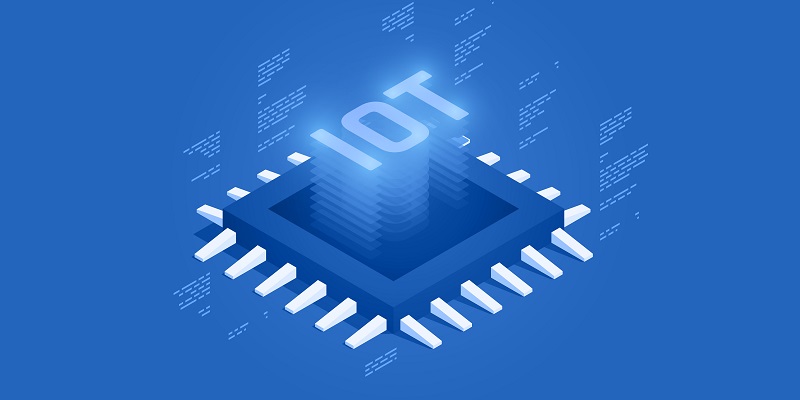In the rapidly evolving landscape of the Internet of Things (IoT), achieving seamless interoperability among a myriad of devices and systems is paramount. This article explores various approaches to tackling IoT interoperability challenges and highlights the importance of careful planning and technical expertise in developing software solutions.
Challenges in IoT interoperability
The IoT ecosystem presents several challenges in achieving seamless interoperability. These challenges arise from syntactic and semantic differences in data communication, a lack of standardized frameworks, and the constant addition of new devices and services. Addressing these challenges requires a comprehensive software architecture.
Overcoming IoT interoperability challenges
NextGenGW is an advanced software architecture that tackles IoT interoperability challenges by addressing both syntactic and semantic aspects of data communication. It provides a unified framework for devices and systems to exchange information seamlessly while also ensuring compatibility with different protocols and data formats.
Microservice-Based Architectures for Enhanced Interoperability
Microservice-based architectures enhance IoT interoperability by offering a modular, scalable, and flexible approach. This approach simplifies integration by breaking down complex systems into smaller, manageable components. By adopting microservices, developers can easily add new devices and services to the IoT ecosystem without disrupting existing functionalities.
Component-Based Architectures
Component-based architectures enhance IoT interoperability by promoting the reuse of standardized components. This approach simplifies the development and integration of IoT solutions by leveraging pre-existing modules and interfaces. By integrating proven components, developers save time and effort while ensuring compatibility across devices and systems.
Architecture of Semantic Gateway as a Service
The Semantic Gateway as a Service Architecture enhances IoT interoperability by providing a standardized and semantically-rich framework for devices to communicate and share data, regardless of their native formats or protocols. This approach enables seamless integration and improved understanding of data across heterogeneous systems, paving the way for intelligent decision-making.
The Importance of Careful Planning and Technical Expertise
Developing software to address interoperability challenges in IoT is a complex task that requires careful planning and technical expertise. Understanding the specific requirements, analyzing the existing ecosystem, and defining clear objectives are crucial in devising effective interoperability solutions. Collaborating with domain experts and utilizing industry standards can significantly enhance the chances of success.
Selecting an Appropriate Interoperability Testing Methodology
Choosing an appropriate interoperability testing methodology is essential to ensure the compatibility of IoT devices and systems. Robust testing methodologies verify adherence to standards, identify interoperability issues, and provide insights into potential improvements. This rigorous testing process helps mitigate risks and ensure smooth interoperability across the IoT ecosystem.
Development of interoperability software
The development of interoperability software acts as a testing framework to assess the compatibility of IoT devices and systems. This software enables comprehensive testing of different aspects, including data exchange, protocol compatibility, and semantic understanding. It also includes monitoring tools to ensure continuous evaluation of interoperability over time.
Systematic Approach to Address Interoperability Issues
Once interoperability issues are identified, a systematic approach is necessary to address them. This involves understanding the root causes of incompatibility, exploring possible solutions, and implementing necessary changes. By iteratively refining the interoperability software, developers can enhance compatibility and streamline the IoT ecosystem.
Continuous Monitoring in Production Environments
Monitoring the interoperability of IoT devices and systems in production environments is paramount to ensuring optimized performance. Continuous monitoring enables the detection of potential issues, identifies areas for improvement, and helps to maintain seamless operation. Regular updates, monitoring tools, and feedback loops facilitate the evolution of interoperability solutions over time.
Achieving seamless interoperability among various IoT devices and systems is crucial for unlocking the full potential of IoT. By adopting advanced software architectures like NextGenGW, microservice-based, and component-based approaches, combined with standardized frameworks such as Semantic Gateway as a Service Architecture, businesses can overcome interoperability challenges efficiently. Careful planning, technical expertise, rigorous testing, and continuous monitoring are key elements in developing and maintaining interoperability solutions for the evolving IoT landscape.

